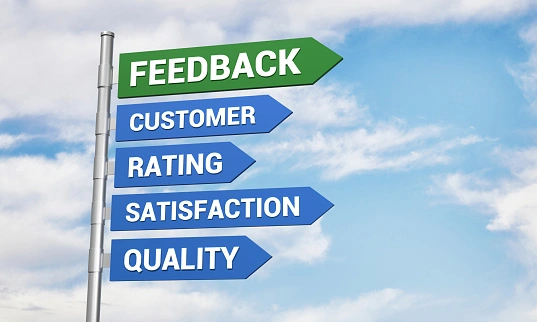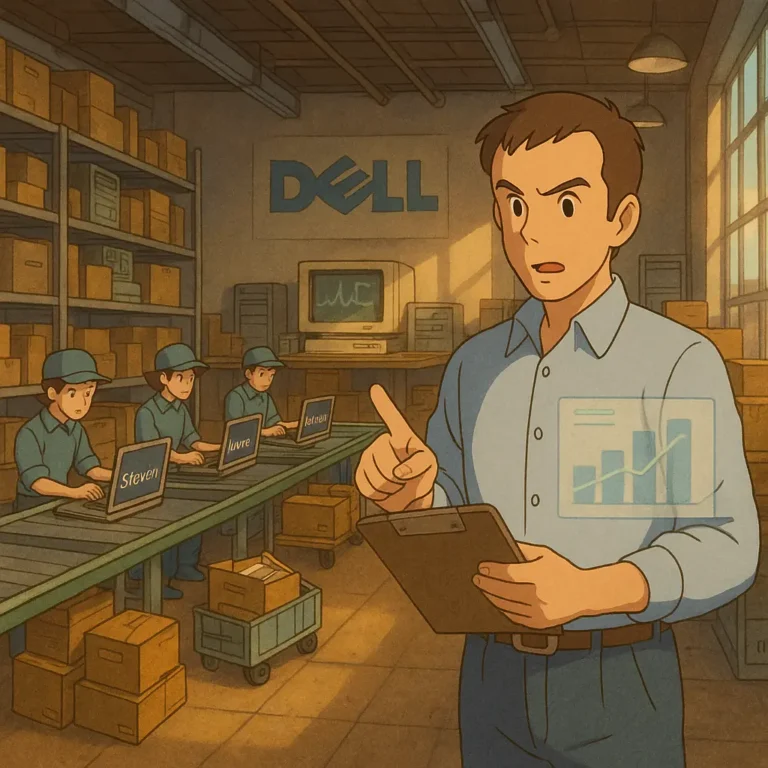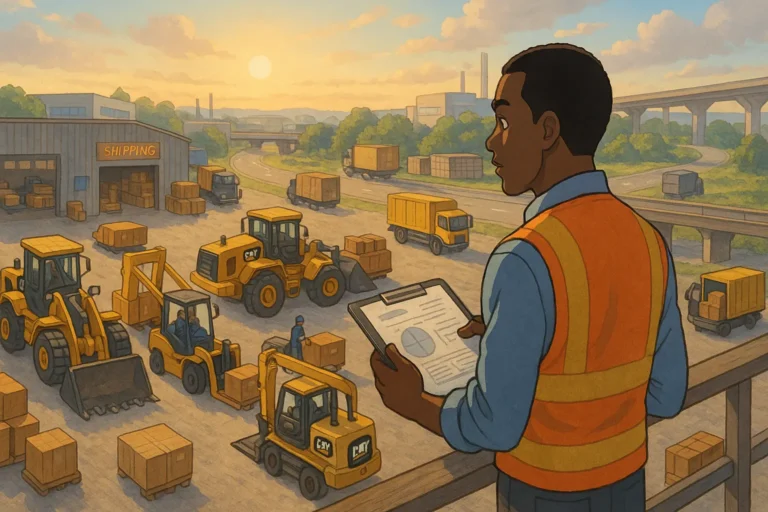
Security threats are a huge deal in modern supply chains, especially with the skyrocketing demand and competition that drives it and In Africa, those threats might be more nuanced, but nevertheless, they can bring any supply chain to a halt or, at the very least, impact its productivity.
In this article, we look at Africa’s five common supply chain security threats and explore how businesses can mitigate them.
1. Lack of Visibility
Supply chain visibility is a huge deal in Africa, and the lack of it can cause numerous problems for the supply chain, especially in the inventory and logistics arm.
When there is no supply chain visibility, small problems get magnified, and the entire operation can be impacted.
70% of African supply chains lack the appropriate visibility to run their operations seamlessly. About 50% have some level of visibility, but it does little to help.
A big part of supply chain visibility is communication and technology. For instance, in transportation, GPS trackers keep you informed about your vehicle’s location at all times.
In Inventory, the Internet of Things keeps you informed in real-time about your inventory levels, allowing you to take actions that could replenish or offload more inventories.
Accurate demand forecasting helps you assess potential demands and get your supply chain to produce enough to match such demands.
When there are no tools in place, it puts you in a position where you are working blind and in today’s economy could be very hurtful.
2. Physical Threats
As supply chain security goes, physical threats are perhaps the most egregious of them all. It ranges from theft of the product to loss and potential damage.
Theft, loss, and damage can occur at any time during the supply chain process, from the delivery of raw materials to production, storage, and then transportation of the product to the customers.
Physical threats can result from internal or external factors.
Internally, it could be from the supply chain’s negligence to properly implement anti-theft controls or adequate storage facilities for its products.
Externally, it could result from a supplier’s mistake or sometimes externally organized crime elements which are empowered to a great extent by the poor infrastructure and security policies on the continent.
It will take the supply chain and external bodies, such as the government and its policies, to combat these three physical threats effectively.
Supply chains can set up adequate measures to curb these three elements internally. They can accomplish that through a delivery checklist, integrating WMS to monitor the flow of goods in and out of the warehouse, and proper storage facilities.
For example, the transportation and storage of petroleum products require special facilities to prevent spillage and evaporation.
3. Vendor Risks/ Fraud
Vendors are an essential aspect of your supply chain. It’s difficult to picture a scenario where you don’t need them to run an efficient supply chain.
This makes vendor risk and fraud a dangerous threat to the security of your supply chain, even in Africa.
They can be used in any or all parts of the supply chain, which makes me a liability to your business.
You may enact a very robust security in-house, but what happens when your vendors aren’t as secure? The sum of the parts is only as strong as its weakest link.
When your suppliers are not as effective as you expect, it makes your supply chain security susceptible to threats.
To manage this effectively, ensure your sourcing team gets it right. Always employ third-party security experts to properly vet and stress test your vendor’s operations.
Supplier fraud is another issue that could impact your supply chain’s security, and it is different from vendor risk.
Supplier risks are security threats that originate from your vendor’s operation, whether due to negligence or operational mistakes. On the other hand, supplier fraud is a deliberate attempt of your suppliers to defraud you.
The supplier can defraud you by delivering lesser quality or quantity, which in turn limits your supply chain operations.
Most times, supplier frauds are done in collaboration with staff. To curb this, implement controls and double-check activities of suppliers to ensure no staff has all the power when dealing with your suppliers.
4. Non-Compliance
African countries tend to have countless regulations and policies that tend to slow down businesses. Many of them are counterproductive as well.
On many occasions, businesses find it easier to skip these regulations and bribe their way through the process. Whether at the ports or the various policy regulators.
The thing about non-compliance is that once you are in the middle of it, it is difficult to fix. If you bribed your way through one process, you will have to do that all through the supply chain.
When you are able to continue the bribes, it could seriously impact your supply chain security and productivity.
To fix this, governments across Africa will have to step in and ensure the policies aren’t grievous to businesses and their supply chain.
Businesses, on the other end, should ensure their supply chains are complying to local customs and policies as much as possible to guarantee against threats to their supply chain security.
5. Political Instability
In 2023 alone, there have been four coups on the continent, and two of those have been successful.
Political instability is an issue across Africa, which is a serious threat to supply chain security across the continent.
Supply chains cannot plan adequately; even when they plan, they are subjected to insecurity and civil unrest, which fluctuates demand.
To combat this, supply chains on the continent have to build supply chain resilience, agility, and visibility. These supply chains could benefit from integrating tech solutions into their supply chain as well.

Obinabo Tochukwu Tabansi is a supply chain digital writer & ghostwriter helping professionals and business owners across Africa explore various strategies that work and learn from the success and failures of various supply chains across the globe. He also ghostwrites social content for logistics & supply chain businesses








